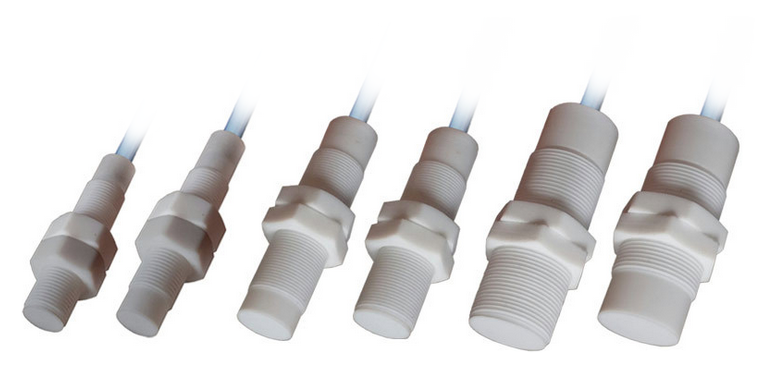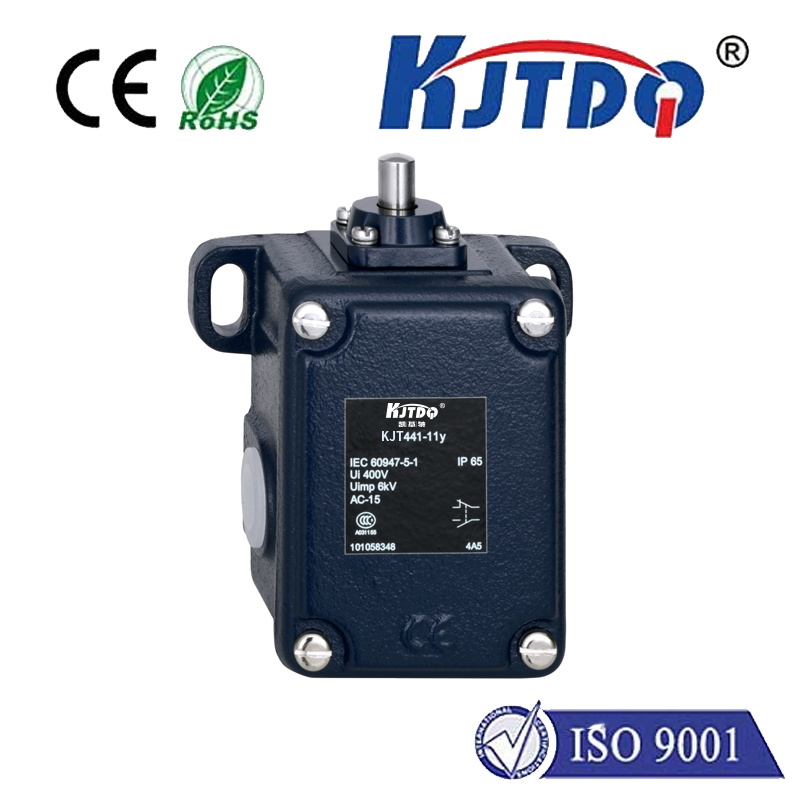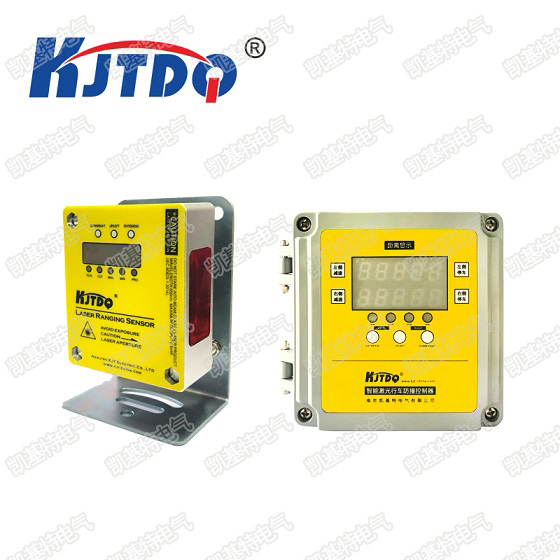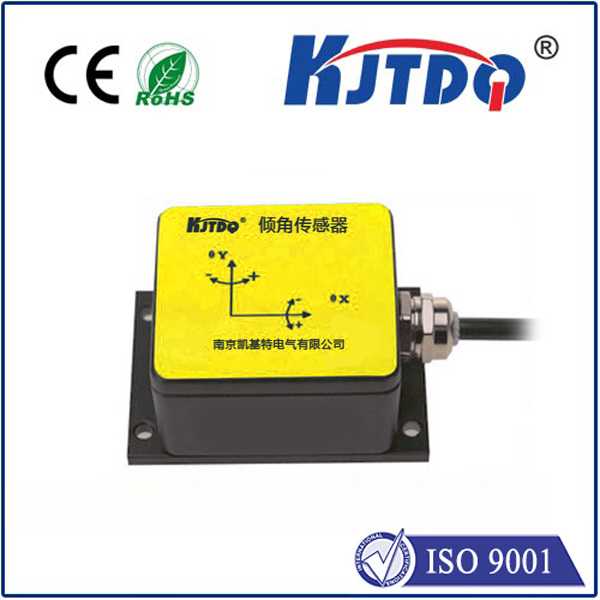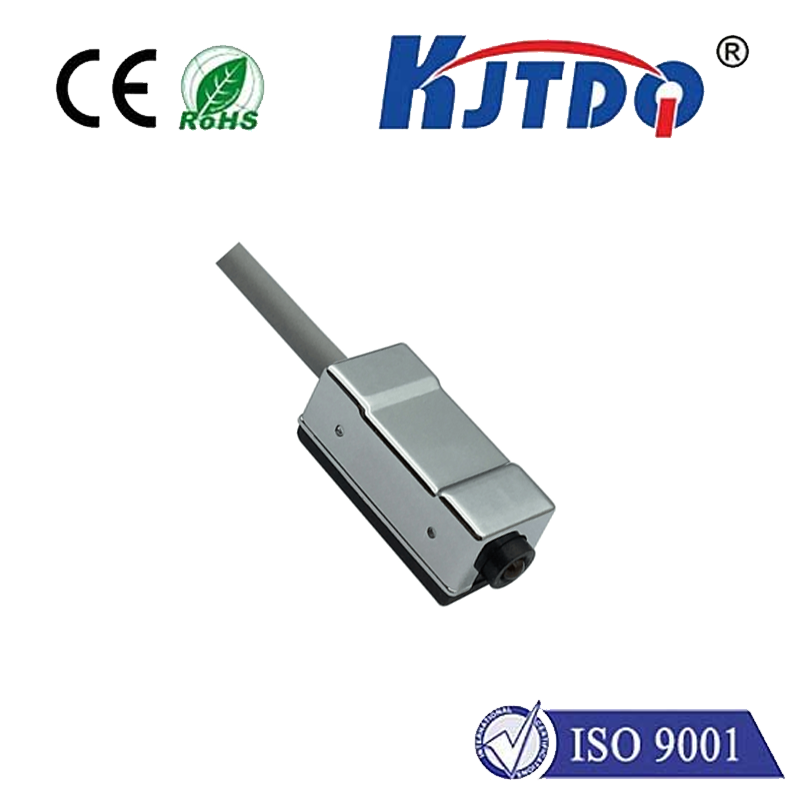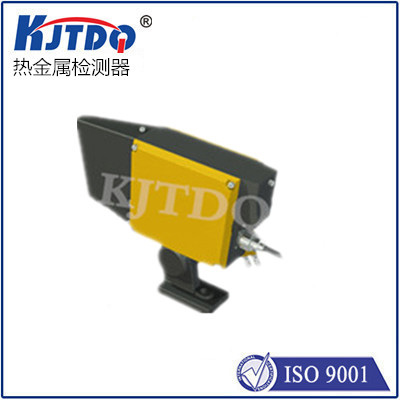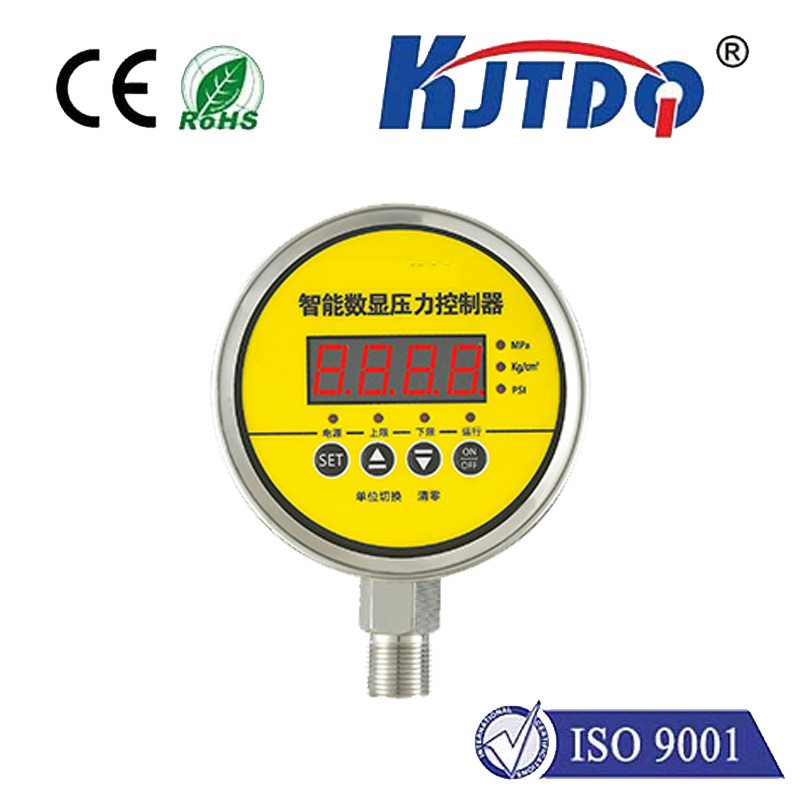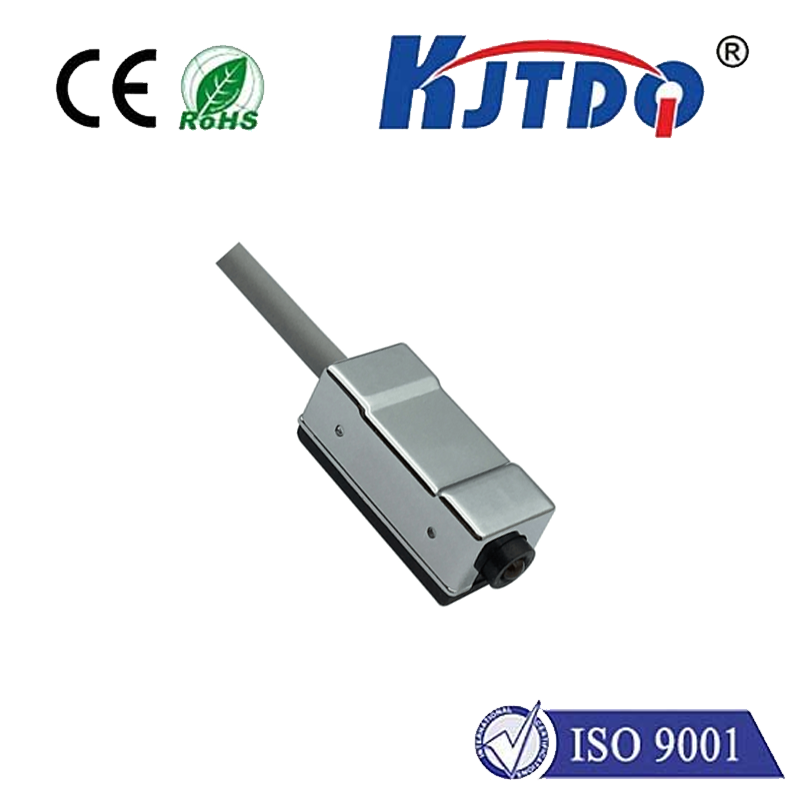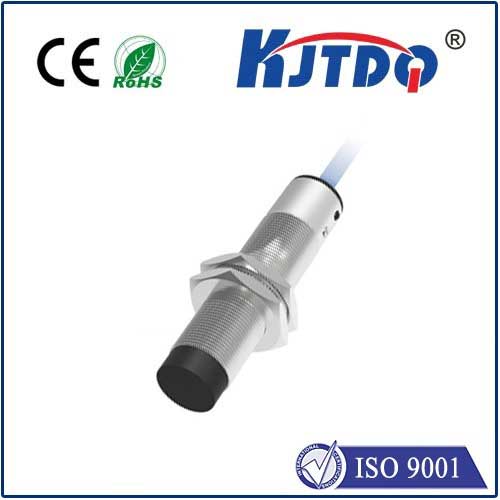

check

check

check

check

check

check

check

check

check

check
Proximity switch basics
1. There are several factors that must be clearly understood when selecting a proximity switch model:
1. Is it an inductive sensor or a capacitive sensor? (Magnetic induction metal materials for inductive sensors, magnetic induction metal materials for capacitive sensors, wood, printing paper, oil, plastic and other tangible objects)
2. Is it necessary to be circular or square? (What is the diameter of the ring?)
3. What is the magnetic induction distance?
4. Is it front-end development of magnetic induction or magnetic induction from above?
5. Are there any regulations on the length of the wire? (Usually 1.5 meters, large quantities can be customized)
6. Is it the DC type or the AC type? (AC 2 wires, DC 3 wires)
7. Is it open and closed or normally closed?
8. How much is the length of the proximity switch transmission line? (The standard length of the transmission line is meters)
2. Inductive sensor proximity switch
1. Basic principle: An oscillator is composed of an inductor, a capacitor, and a transistor, and generates an alternating electromagnetic field. When a metal object comes close to this electromagnetic field, a vortex will be created in the internal metal body, causing the oscillation to cease. This The class transition is processed by the rear pole amplification and then converted into a transistor switching signal output.
2. Features: A. Good anti-interference ability, high power switching frequency, more than 200HZ. B. Only magnetic induction metal materials
3. Used in various industrial equipment for location inspection, counting signal acquisition, etc.
3. Capacitive sensor proximity switch
1. Basic principle: When an object is close to the magnetic induction pole, the pole piece and the object form a capacitor, which causes changes in the state of the oscillating pole. The rear pole amplifies this change and outputs a transistor switch. data signal.
2. Features:
(1) Not only can it detect metals, but it can also detect chemical substances such as plastic, laminated glass, water, and oil.
(2) It is easily affected, so pay attention to the installation location.
(3) The magnetic induction distance is adjustable.
(4) Frequency is about 50HZ
(5) Application: According to its characteristics, it is very suitable for the inspection of non-metallic materials, such as food, chemical and other industries.
4. The meaning of key performance parameters of proximity switch
1. Inspection distance: The distance between the inspection object and the proximity switch inspection surface when the inspection object is moved to the proximity switch inspection surface in the required direction so that the switch is in the correct position.
2. Backlash (differential protection spacing): the difference between the inspection spacing and the return spacing.
3.Response frequency: The output frequency that the power switch can reflect every second.
4. Working standard voltage: the working voltage allowed in normal operation
5. Load working capacity: Larger allowable output current
6. Output mode: NPN on and off, NPN normally closed, PNP on and off, PNP normally closed
